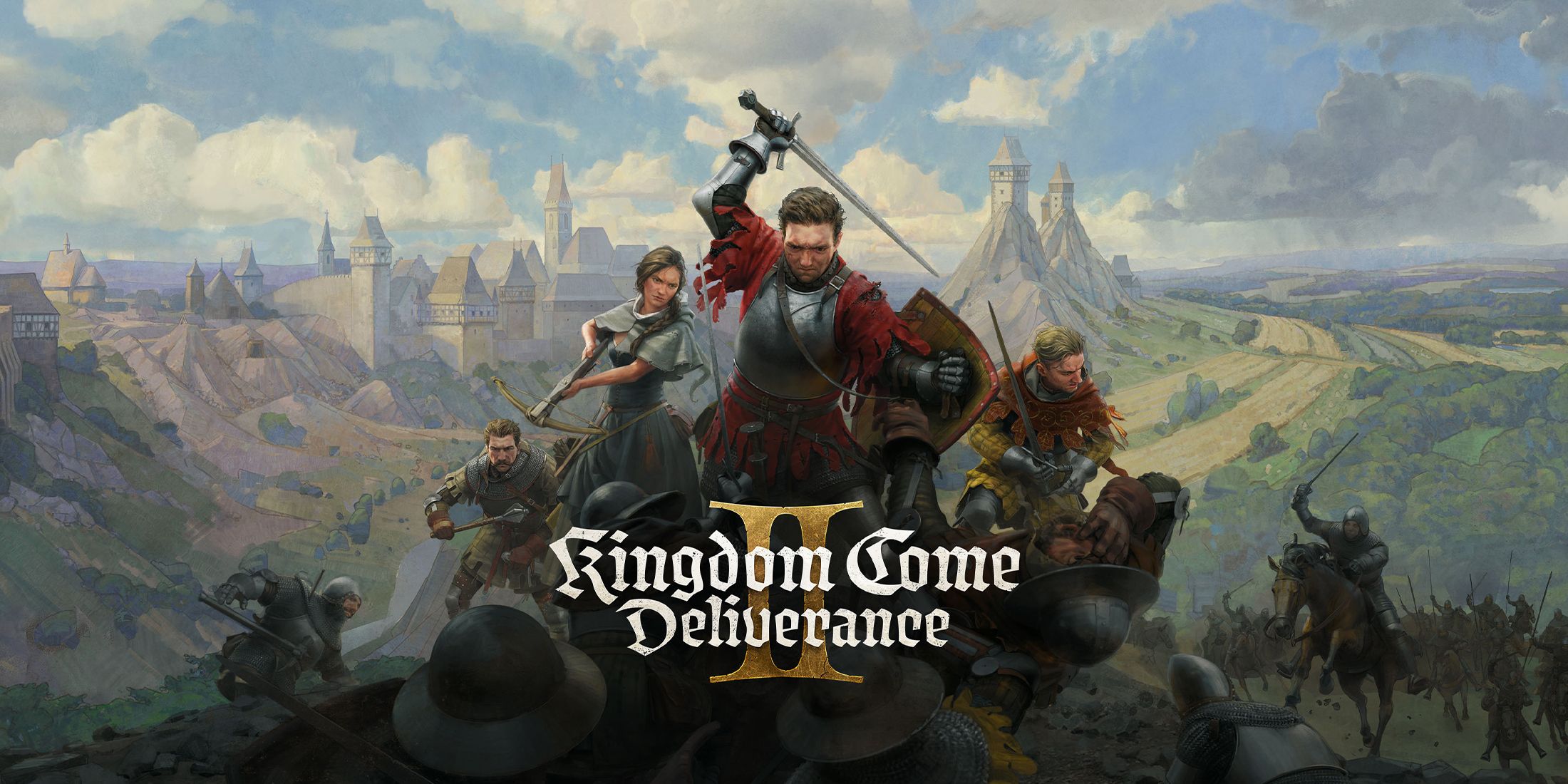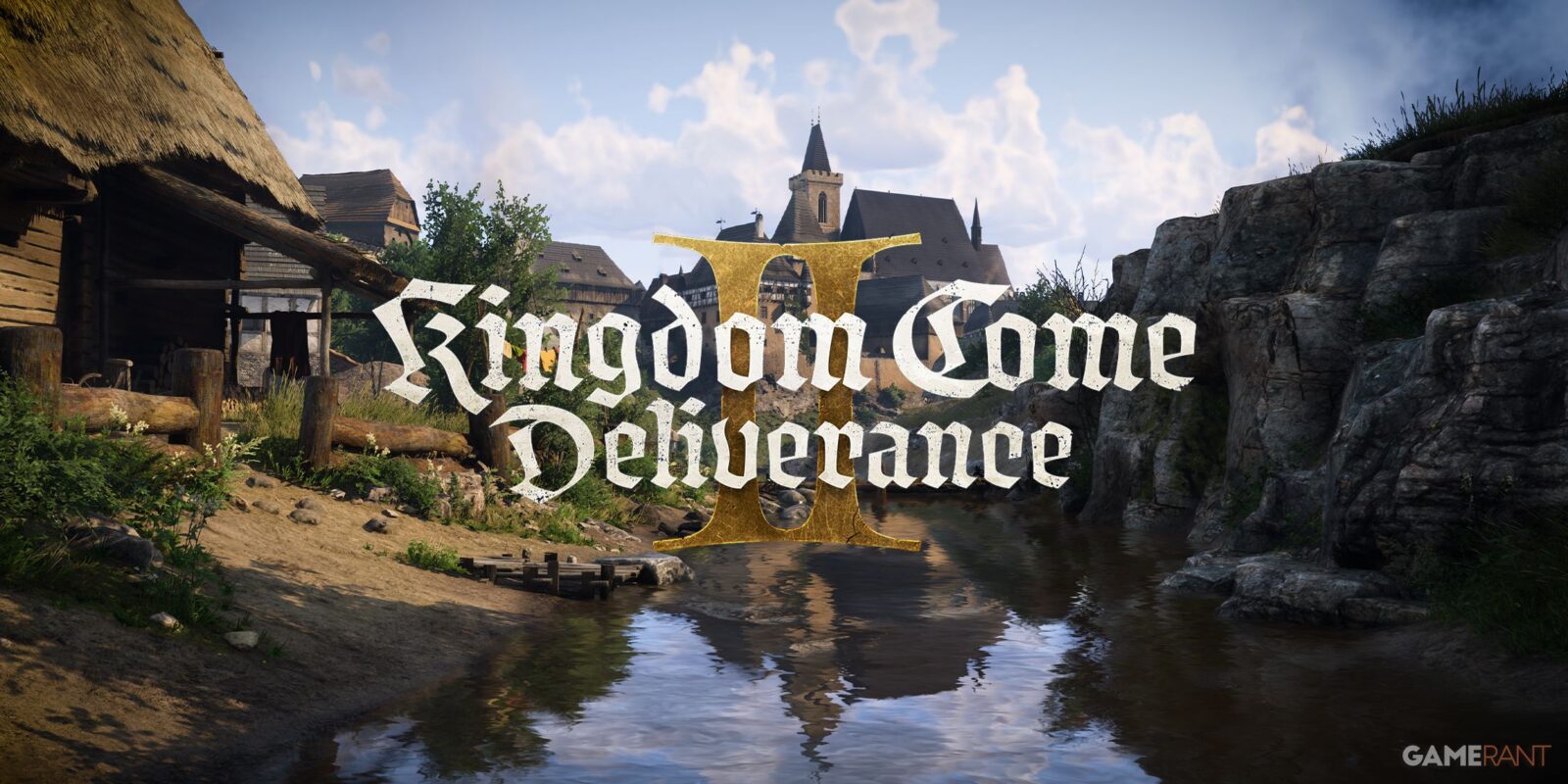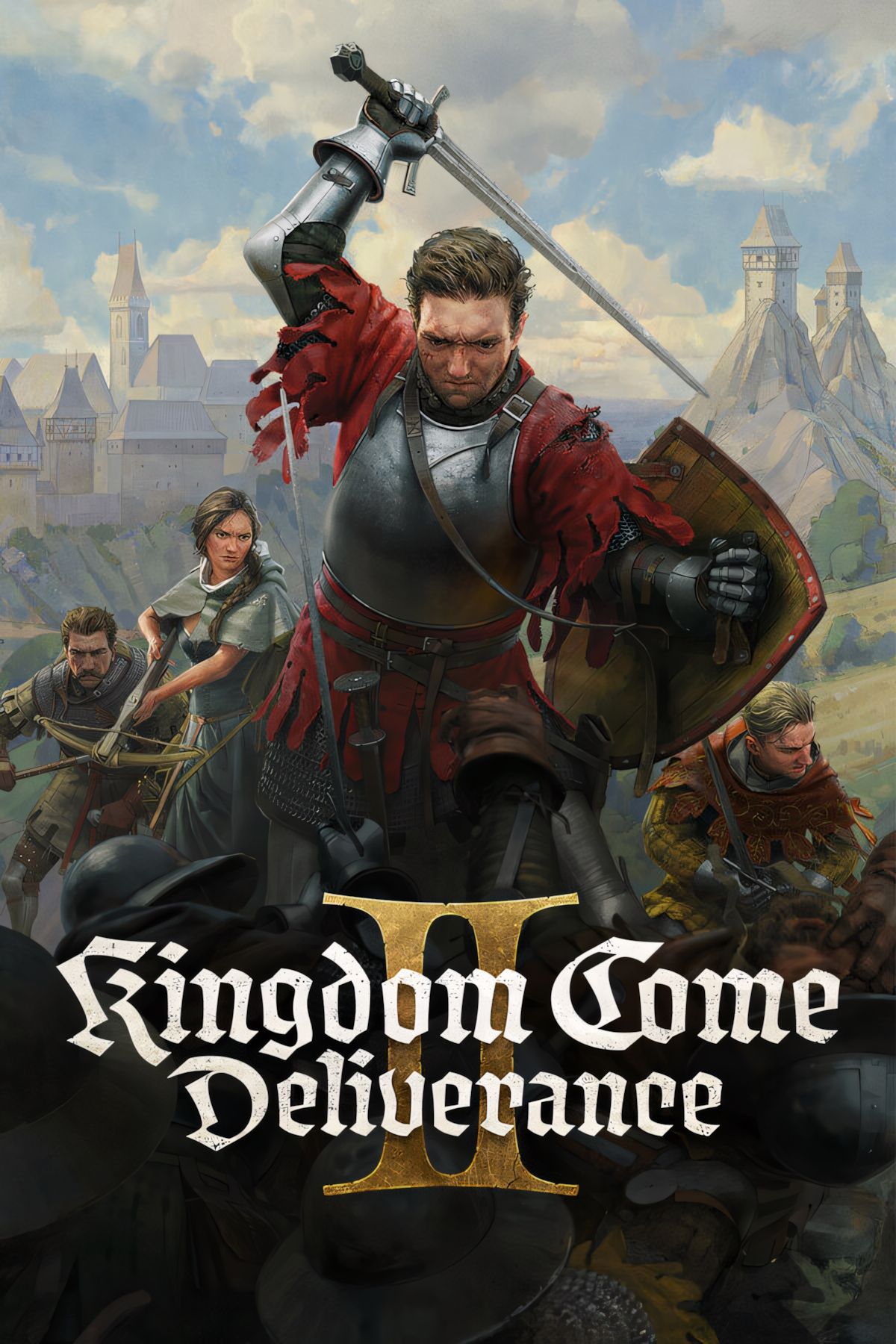Summary
- Kingdom Come: Deliverance 2 prioritizes context over content, focusing on meaningful gameplay.
- Emphasis on player agency in the game allows for a more personalized and engaging experience.
- Historical authenticity drives the design of the open world, making quests purposeful and narrative-driven.
Open-world games have had a rough go of it over the last couple of decades, as gamers have been repeatedly burned by empty promises and stuffed, bloated, and empty worlds to explore. However, developers have been doing their best in recent memory to improve on the tired formula of open-world games that has been persistently met with controversy, with Kingdom Come: Deliverance 2 developer Warhorse Studios being one of them.
One of the biggest hurdles that open-world games have to overcome is how to justify the presence of a larger game space. At one time, it was thought that the best way to accomplish this was to ensure that every bit of that space was used, which resulted in those games simply filling their open worlds with as much content as possible, even if it reached a point where that content was little more than the product of a copy-and-paste approach. Unfortunately, that method has proven to be ineffective, as games like Kingdom Come: Deliverance 2 have shown that it is context, not content, that ultimately matters in an open-world game.

Related
Kingdom Come: Deliverance 2 Review
With Kingdom Come: Deliverance 2, Warhorse Studios delivers one of the first great games of 2025.
Kingdom Come: Deliverance 2 Prioritizes Context Over Content
Kingdom Come: Deliverance 2’s Emphasis on Agency Frees Players From Open-World Checklists
There’s no denying that Kingdom Come: Deliverance 2 has plenty of content, with a completionist playthrough potentially taking players over 150 hours, depending on whether they let every line of dialogue play out without skipping it. However, Kingdom Come: Deliverance 2 ensures players are never overwhelmed by its multitude of content by placing more emphasis on player agency and reducing the number of icons present on the map. In the end, this allows players to enjoy Kingdom Come: Deliverance 2 at their own pace, and it prevents its open world from feeling like a checklist of chores to get done.
Kingdom Come: Deliverance 2’s Context Gives Its Content Purpose
Apart from the help offered by its value of player agency, it is ultimately Kingdom Come: Deliverance 2‘s prioritization of open-world context that even makes the content within its world matter. Content in a game refers to its raw elements, like quests, NPCs, locations, combat systems, and items. Context, on the other hand, is the surrounding meaning, narrative, and substance that ties those elements together, making them feel purposeful and meaningful. This is ultimately where Kingdom Come: Deliverance 2 shines the brightest, as its content isn’t just content — it’s all part of the intended experience.
The defining characteristic of Kingdom Come: Deliverance 2‘s open-world context is its reliance on historical authenticity. Since the game has been designed to be an accurate depiction of medieval Bohemia, that means its content ultimately falls in line with that. In other words, rather than players venturing off into the woods to fight some magic beast for valuable crafting materials or gear, they might end up shoveling manure behind an inn instead. While that might not feel like “content” to some players, a quest like that is given meaning through Kingdom Come: Deliverance 2‘s approach to historical authenticity.
This is ultimately where Kingdom Come: Deliverance 2 shines the brightest, as its content isn’t just content — it’s all part of the intended experience.
Many of Kingdom Come: Deliverance 2‘s side quests are also integrated into the main narrative, as Henry can learn and accomplish certain things during optional activities that will help in some of the game’s major objectives. Many open-world games tend to “force” side quests and optional activities that aren’t necessarily relevant to their overarching narratives, and are simply something else for players to do. While the rewards offered by such activities can sometimes make completing them worth it, that’s generally not the case. However, players can be sure that the side quests they complete are ultimately defined by the context of Kingdom Come: Deliverance 2‘s open world.
In the end, Kingdom Come: Deliverance 2 is a shining example of the power of context in open-world design, proving that a game’s world doesn’t need to be packed with distractions to feel full. By prioritizing historical authenticity and integrating side quests meaningfully into the broader narrative, Kingdom Come: Delivernace 2 offers an experience that values quality over quantity, and yet somehow still has quantity. In an industry where bigger often means bloated, Kingdom Come: Deliverance 2 is a reminder that the best open worlds aren’t measured by their size alone, but by the depth of the experiences they offer.















Leave a Reply